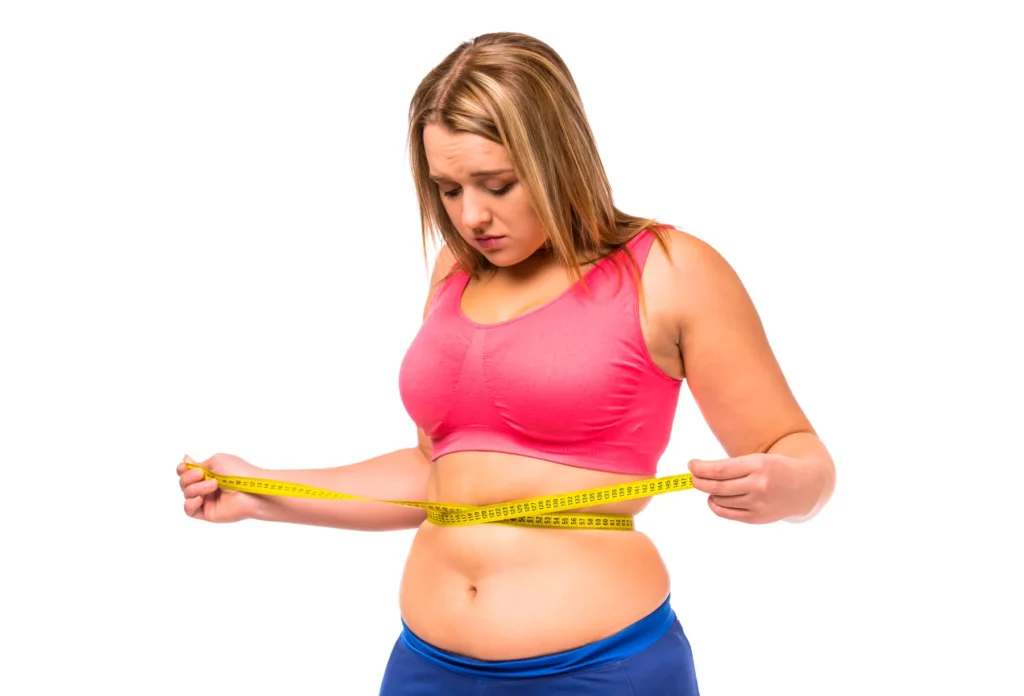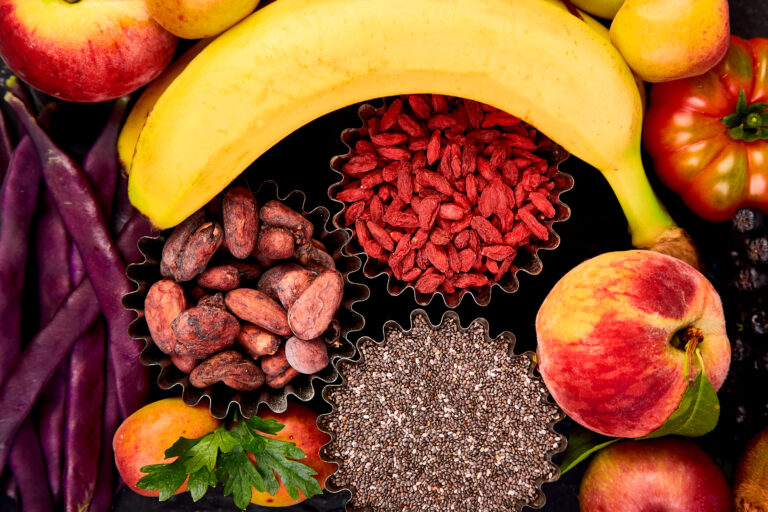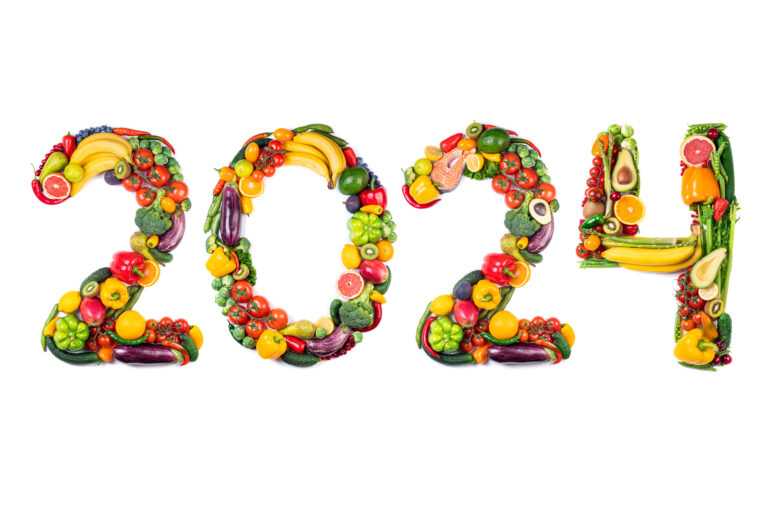Introduction
When it comes to health and wellness, one of the most popular goals for people on their exercise journey is still to lose weight quickly. Cardiovascular exercise is integral to most plans to lose weight. But there are many choices, from the classics like running and cycling to the more recent ones like HIIT and Tabata. Which cardio routine is the best for quick, long-term weight loss?
We’ll get into cardio for weight loss in this in-depth guide. We’ll talk about the best types of exercise, the science behind them, and essential tips to help you lose weight as quickly as possible. Okay, wear your sneakers, and let’s start the journey to losing weight!
Understanding Cardiovascular Exercise: The Primer
Cardiovascular exercise, which people often call “cardio,” is any exercise that makes your heart beat faster. There are a few essential things you should know about cardio exercising:
Intensity:
The level of difficulty in a cardio workout can be low to high. How many calories you burn and how much fat you lose depends on how hard you work out.
Types:
Cardio exercises come in many forms, such as steady-state cardio like jogging or riding and high-intensity interval training (HIIT), which alternates between short bursts of intense activity and rest or lower-intensity activity.
Duration:
An HIIT session that lasts only 20 minutes is very different from a long, steady-state session that lasts an hour or more.
Frequency:
There are different ways to do exercise. It could be once a week, several times a week, or every day.
Knowing these will help you improve your workout routine and weight loss goals.
The Mechanics of Weight Loss
When you burn more calories than you eat, you lose weight. This leaves you with fewer calories than you need, which forces your body to use its fat stores for energy. This caloric shortage is helped by cardio, which enables you to reach your weight loss goals by:
- Increasing the number of calories burned
- raising the metabolic rate
- Increasing fat oxidation and often working as a potent appetite suppressant after exercise
That leaves the million-dollar question: what kind of cardio will increase your heart rate and burn those fat stores the fastest?
High-Intensity Interval Training (HIIT): The Game-Changer
People who work out love High-Intensity Interval Training, or HIIT for short. And for good reason. HIIT comprises short bursts of strenuous exercise followed by a short break.
There is a lot of solid science behind HIIT. Researchers have found that these short, intense workouts can significantly speed up your metabolism, causing you to burn more calories during and after your workout. This is called the “afterburn effect” or “excess post-exercise oxygen consumption.”
Why HIIT Is So Effective
It’s Time-Efficient:
Most HIIT workouts are shorter than regular exercise workouts, which makes them great for people who are already busy.
Metabolic Boost:
The afterburn effect of HIIT can help you burn more calories for up to 24 hours after you work out, which can help you lose weight.
Adaptability:
HIIT can be changed to fit different types of exercise, like running, cycling, or routines you can do with your own body.
Fat Oxidation:
HIIT has been shown to focus on fat stores more than muscle stores, which makes it a great way to lose weight.
Steady-State Cardio: The Traditional Workhorse
Traditional steady-state exercise should not be forgotten, even though HIIT has received much attention for its effectiveness. This type of cardio involves continuous, steady, mild to high-intensity exercise, like jogging, swimming, or cycling, for a long time.
Many exercise plans are built around steady-state cardio, especially for people who are just starting or need to lose weight. It works; you can count on it, and there are different choices for people of all fitness levels and tastes.
The Endurance Advantage
Accessible to All:
For people new to fitness, steady-state cardio is a great way to start because it is a less intense form of physical exercise.
Building Endurance:
Because steady-state exercise is done repeatedly, it can help you build much endurance over time. As you get better, you can do longer and more challenging workouts.
Mental Health Benefits:
For people who like how rhythmic exercise can make them feel calm and relaxed, longer sessions can be a nice break that is good for their general health.
Calorie Burn:
Even though the calorie burn is minor during the workout compared to HIIT, longer sessions can burn many calories over time.
Comparing the Two: HIIT vs. Steady-State
HIIT and steady-state exercise are essential parts of a well-rounded fitness plan, but knowing when to use each is essential. HIIT may burn more fat in less time, but because it’s so intense, you must take days off to avoid injury or stress.
On the other hand, steady-state cardio can be used for busy recovery days or to build endurance. It works well with HIIT to make a complete, long-lasting exercise plan that helps you lose weight the most over time.
Finding the Balance
Plan Your Week:
Please include HIIT and steady-state workouts in your weekly workout plan to ensure a mix of high-intensity and recovery days.
Listen to Your Body:
Pay attention to how you feel, and adjust the intensity and length of your cardio workouts based on your energy level and any signs that you may be getting tired or overtraining.
Progression is Key:
No matter what exercise you do, it’s best to constantly push yourself by making your workouts harder or longer.
Best Practices and Advanced Tips for Quick Weight Loss
Fueling Your Cardio
Before you exercise, a small, well-balanced meal or snack can give you the energy to work harder and burn more calories. For long-lasting power, it would be best to eat a mix of complex carbs and lean protein sources.
The Importance of Rest and Recovery
Days off are just as important as days you work out. Recovery gives your body a chance to heal and get stronger, keeping you from getting hurt and ensuring you’re ready for your next exercise session with all your energy.
Incorporating Strength Training
Even though cardio is great for burning calories, remember the benefits of strength training. Since muscle is more metabolically active than fat, getting stronger can help your body burn more calories all the time.
Maintaining Proper Nutrition
Working out is one of many ways to lose weight. Nutrition is essential. Ensure you eat a healthy, well-balanced diet with enough protein, healthy fats, and complex carbs to support your exercise goals.
Staying Hydrated
Staying hydrated is essential for peak performance and can help you lose weight by reducing your appetite and supporting body processes that burn calories.
Consistency is King
To lose weight and keep it off, you need to make exercise a regular part of your life. Find an exercise you enjoy that fits into your schedule to stay on track.
Tracking Progress
Tracking your progress can motivate and help you stay on track with your weight loss goals. You can do this by keeping a workout log, using a fitness app, or taking regular measurements.
Beyond Cardio: A Well-Rounded Approach to Fitness
Cardio is a great way to lose weight, but there are other things you can do. A complete exercise plan should have the following:
Flexibility and Mobility Work
Including yoga or static stretching in your routine can help you recover, prevent injuries, and improve your general health.
Active Lifestyle
Make exercise a part of your daily life as much as possible. If you want to save time, walk or play a sport you love before you drive. Being very busy outside of structured workouts can help you lose weight.
Mindful Movement
Mind-body exercises, like Pilates or Tai Chi, can improve posture, strengthen the connection between the mind and muscles, and encourage mindfulness. These can positively affect food choices and eating habits.
Optimal Timing for Cardio: Maximizing Weight Loss
Many people have different ideas about when exercise is best for weight loss. Consistency is still the most important thing, but studies show that other times may offer additional benefits.
Morning Cardio: Fasting or Not?
Doing exercise in the morning, especially after not eating, may help you burn more fat. The idea is that after a night of fasting, the body will use fat for power because its glycogen stores are empty. But remember that high-intensity workouts might be tricky if you haven’t eaten anything before.
Afternoon and Evening Cardio: For Performance
If you want to improve your performance, you might do your best workouts in the late afternoon or early evening. According to research, this is when the body’s temperature is highest. This could mean you perform better, get stronger, respond faster, and feel less tired.
The Bottom Line
The best time for cardio is when you can regularly work out. Whether you’re an early bird or a night owl, ensure your exercise plan and natural circadian rhythms work together. This will help you stick with it over time. Remember that the workout that works best is the one that you do.
Conclusion
In conclusion, weight loss requires a well-rounded, balanced approach combining HIIT and steady-state cardio. You must know when and how to use each to maximize benefits. Listen to your body, take rest days, and challenge yourself. Proper nutrition, hydration, and training are also crucial.
Strength, flexibility, an active lifestyle, and conscious movement are also necessary. Consistency is essential, but cardio timing can affect weight reduction and performance. You can find a long-term cardio routine that fits your lifestyle and preferences. Fitness is about finding what works for you.











